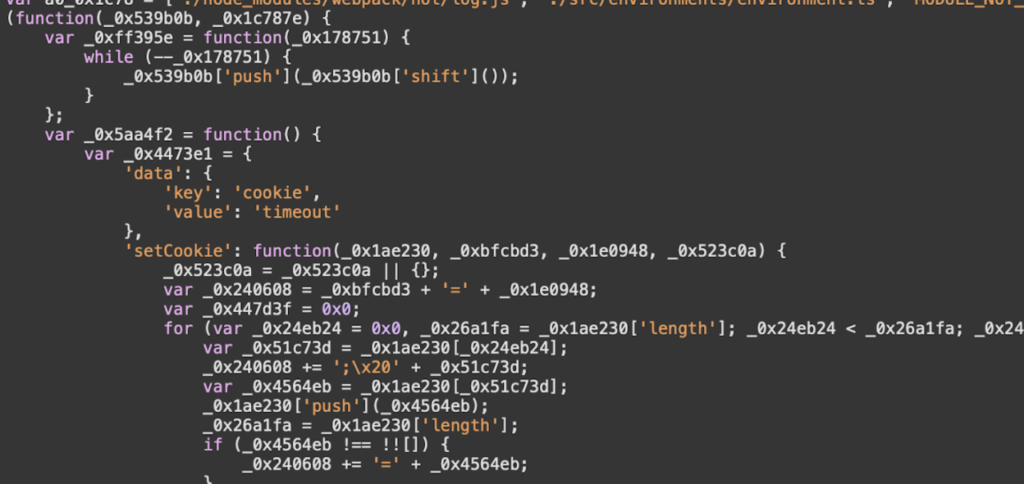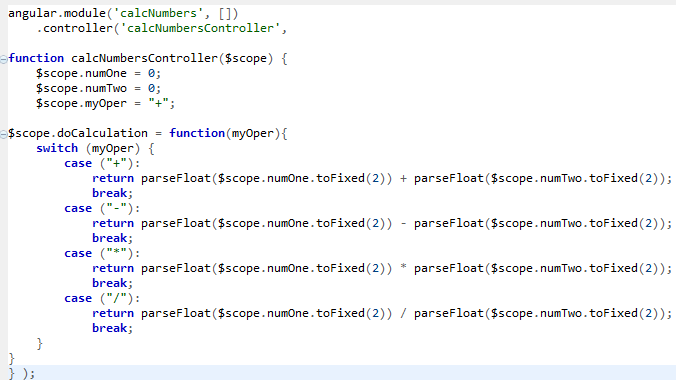Angular
WHAT IS ANGULAR?
- Angular is an open-source JavaScript framework maintained by Google for building dynamic web applications and SPAs.
- It is built using TypeScript, a statically typed superset of JavaScript, which adds features like static typing and classes for improved code quality and maintainability.
- Angular follows a component-based architecture, allowing developers to create reusable and self-contained components that encapsulate logic, data, and UI, leading to easier development, testing, and reusability.
- The framework incorporates dependency injection to promote modular design and loose coupling, enabling developers to declare and inject dependencies for enhanced code reusability, testability, and separation of concerns.

USE OF ANGULAR
- Angular is widely used for developing single-page applications (SPAs) that provide a seamless user experience by loading content dynamically without requiring page reloads.
- It simplifies the development process with its comprehensive set of features and tools, including reusable UI components, powerful data binding, and a modular architecture that promotes code organization and reusability.
- Angular’s two-way data binding feature enables automatic synchronization between the data model and the user interface, reducing the need for manual data manipulation and ensuring consistency across the application.
- The framework supports cross-platform development, allowing developers to build applications that can run on web browsers, mobile devices, and desktops, providing flexibility and wider reach for their applications.
WHAT ARE THE FEATURES OF ANGULAR?
Component-based architecture – Angular follows a component-based architecture, where the application is built by combining reusable and self-contained components. This promotes code reusability, maintainability, and separation of concerns.
Templates and Data Binding – Angular provides a powerful template system that allows developers to define the structure and layout of the user interface. It supports declarative data binding, enabling automatic synchronization between the component’s data and the DOM, reducing the need for manual manipulation.


Dependency Injection – Angular has built-in dependency injection, which facilitates the management and injection of dependencies into components. This promotes modularity, reusability, and testability by decoupling components from their dependencies.
Directives – Angular offers directives that allow developers to extend HTML with custom behaviors and create reusable components. Directives can be used for DOM manipulation, event handling, conditional rendering, and more.
Routing – Angular provides a powerful routing module that allows developers to define and manage navigation within their application. It enables the creation of multiple views, lazy loading of modules, and handling of URL parameters.
THE BENEFITS OF LEARNING TO CODE WITH ANGULAR
Robust Framework – Angular is a robust and feature-rich framework that provides a comprehensive set of tools and features for building modern web applications. It offers a structured and organized approach to development, making it easier to create scalable and maintainable code.
High Demand in the Job Market – Angular is widely used in the industry, and there is a high demand for skilled Angular developers. Learning Angular can open up numerous job opportunities and enhance career prospects in web development.
Productivity and Efficiency – Angular’s powerful features, such as two-way data binding, dependency injection, and component-based architecture, contribute to increased productivity and efficiency in development. It simplifies common tasks, reduces boilerplate code, and allows developers to focus on building functionality.
Code Reusability – Angular promotes code reusability through its component-based architecture. Developers can create reusable components that can be used across multiple parts of the application, saving time and effort in development.
